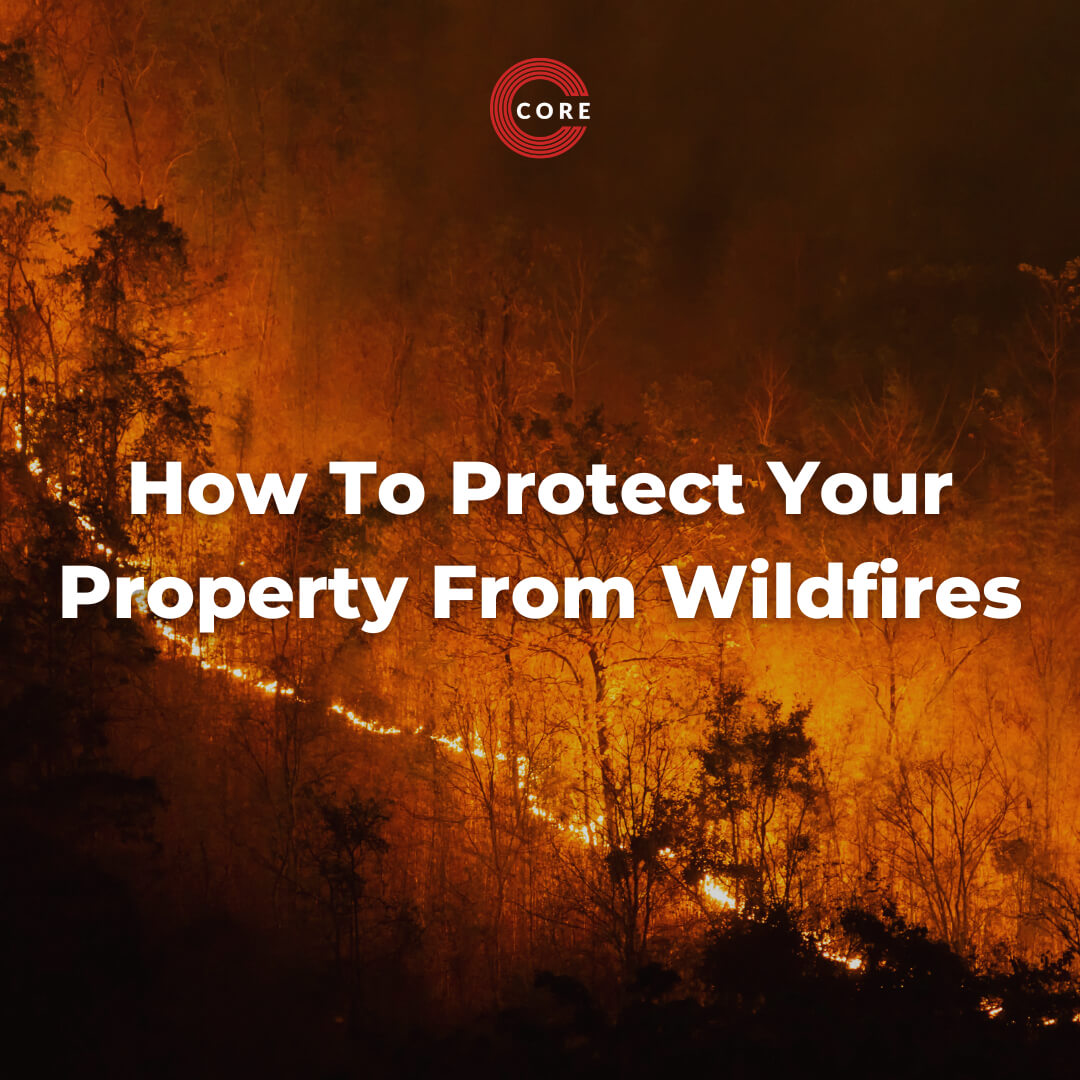Wildfires can be a significant threat to your home, especially if you live in an area prone to dry conditions and high winds. As a homeowner, you need to take proactive steps to protect your home and property from wildfires. This guide will tell you how to create a Wildfire Defense Plan for Homeowners that can help significantly reduce the risk of damage to your property. From fire-resistant landscaping tips to creating defensible space against wildfires, keep reading to see how to protect your home.
What is Wildfire Risk?
Before we jump into the specifics of creating a wildfire defense plan, it is important to understand the risk of wildfires in your area. Many factors contribute to the potential for wildfires such as climate, vegetation, and topography. Understanding these factors in your region help to tailor your defense plan to address the most critical issues.
1. Create Defensible Space
The first step against wildfires is creating a defensible space around your property. What is defensible space? It is the zone that you create between a building on your property, such as your home, and the surrounding foliage or land. This zone is crucial for slowing the spread of wildfires and gives firefighters a better chance to protect your home if you are affected by a wildfire.
Zone 1 (0-30 feet from the home):
- Remove any dead plants, grass, and weeds.
- Keep tree branches at least 10 feet away from your home and other structures.
- Relocate wood piles at least 30 feet from your home or other structures.
- Prune trees regularly to keep branches at least 6-10 feet above the ground.
Zone 2 (30-100 feet from the home):
- Cut or mow annual grass down to a maximum height of 4 inches.
- Create horizontal spacing between shrubs and trees.
- Consider the slope of your property: steeper slopes require more extensive defensible space.
2. Use Fire-Resistant Materials
Whether you are building or remodeling, using fire-resistant materials can significantly enhance your property’s resilience to wildfires. Focus on materials that are less likely to ignite, such as:
- Roofing: Choose Class A fire-rated roofing materials such as metal, concrete, or clay tiles.
- Siding: Use fire-resistant materials like fiber cement, stucco, or masonry.
- Windows: Install double-paned or tempered glass windows to reduce the risk of breakage from heat.
- Decks and Fences: Construct decks and fences with fire-resistant materials like composite decking or metal.
3. Implement Fire-Resistant Landscaping Tips
Incorporating fire-resistant landscaping tips into your home and property can also minimize the risk of wildfires. Here’s how you can make your landscaping work for you:
- Choose Fire-Resistant Plants: Select plants less likely to catch fire, such as succulents, certain hardwood trees, and low-growing ground covers.
- Use Non-Combustible Mulch: Avoid using wood chips close to your home. Instead, opt for gravel, stones, or other non-combustible materials.
- Create Fuel Breaks: To slow the spread of fire, use driveways, walkways, and patios as fuel breaks.
4. Additional Wildfire Risk Reduction Strategies
Beyond a defensible space and fire-resistant materials, you should also consider these additional wildfire risk reduction strategies:
- Clear out Gutters: Regularly clean out your gutters and roofs to prevent the buildup of dry leaves and debris.
- Install Spark Arresters: Equip chimneys and stovepipes with spark arresters to prevent embers from escaping and igniting a fire.
- Emergency Water Supply: Ensure you have an emergency water supply (such as a pool, pond, or reservoir) and a pump that firefighters can use.
- Create a Fire Plan: Establish an evacuation plan for your family and practice it regularly. Ensure all family members know what to do in case of a wildfire.
Be Fully Prepared
Developing a comprehensive wildfire defense plan is an investment in your property’s safety and longevity. Creating a defensible space by using fire-resistant materials and incorporating fire-resistant landscaping tips, can significantly reduce the risk of wildfires on your property. Remember, preparation is key. Implement these wildfire risk reduction strategies today to protect your home and family from the devastating effects of wildfires.
This blog post was designed to provide homeowners with actionable steps to safeguard their property from wildfires. For more expert tips on how to protect your property from wildfires, stay tuned to our blog.

